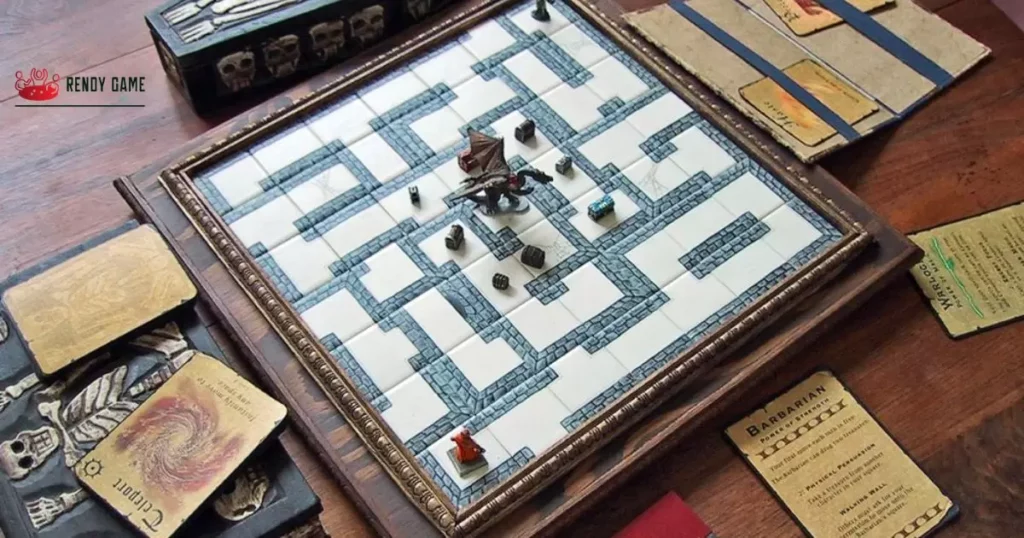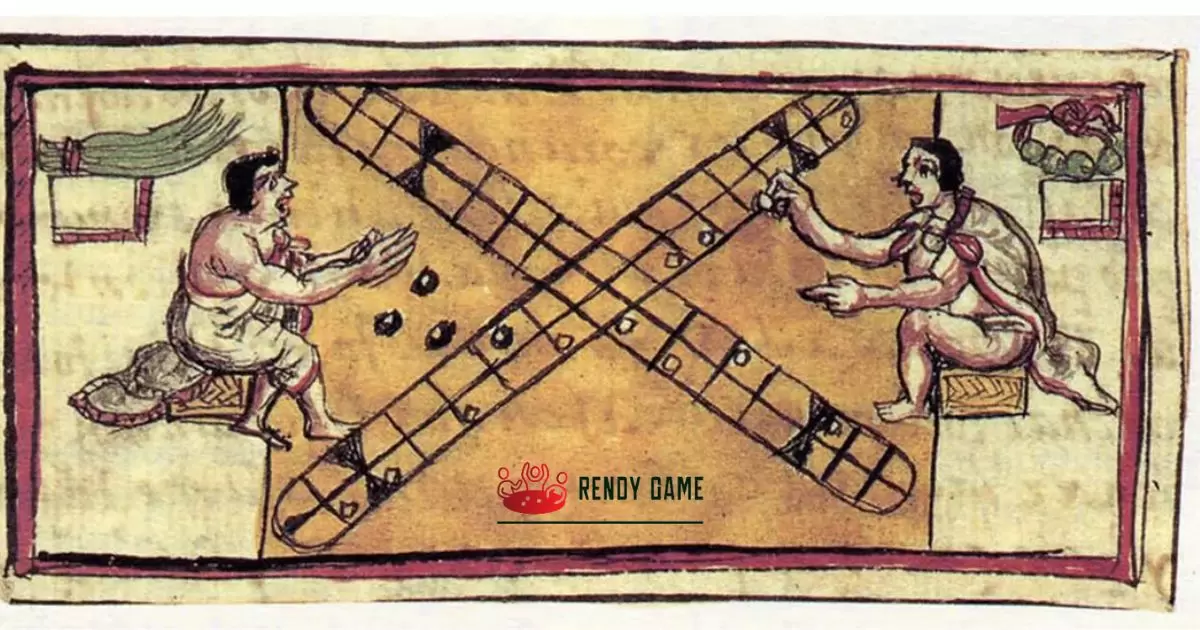Board games, in their simplest form, are timeless tabletop activities that have entertained people for centuries. The evolution of board games refers to the gradual development and transformation of these recreational diversions over time.
Ever pondered, how have board games evolved? The answer lies in a dynamic narrative of adaptation and creativity. Board games, once confined to traditional designs, have broken free from their historical molds. The evolution is not just about changing appearances but also about embracing new themes, mechanics, and player interactions.
In tracing the evolution of board games, one witnesses a rich tapestry of changes. The journey spans across centuries, continents, and cultures, with each era leaving its distinctive mark. Early board games were simple and reflective of societal values, while contemporary ones reflect technological advancements and a globalized world.
The Roots of Traditional Board Games
Centuries ago, our ancestors engaged in simple yet captivating board games. These timeless classics, often rooted in cultural practices and traditions, laid the foundation for the diverse array of games we enjoy today.
From the ancient Egyptian game of Senet to the Chinese strategy game Go, traditional board games served as both entertainment and a reflection of societal values. These early games, passed down through generations, were the humble beginnings that sparked the evolution of board gaming.
Early Innovations in Board Game Design

As societies progressed, so did the ingenuity behind board game design. The transition from traditional to more complex games saw the introduction of innovative mechanics and creative concepts. Games like Chess and Backgammon showcased early advancements in strategic thinking.
While innovations in materials and production techniques allowed for more intricate game boards and pieces. This era of experimentation and creativity set the stage for the ongoing evolution of board games, demonstrating that the journey from simplicity to complexity is an integral part of their fascinating history.
Societal Influence on Board Games
Board games have always been intertwined with societal norms and cultural practices. The way people played and the themes depicted in games were reflective of the values and beliefs of their time. In medieval Europe, for example, the Game of the Goose mirrored the hierarchical structure of society.
In ancient India, the game of Snakes and Ladders conveyed moral lessons. Societal influence shaped not only the themes but also the rules and structures of board games, creating a dynamic relationship between play and culture that continues to evolve.
Technological Advances and Digital Integration
With the advent of technology, board games underwent a transformative phase, integrating digital elements into the traditional tabletop experience. From interactive game apps to augmented reality enhancements, technology opened new avenues for gameplay.
The integration of digital components not only enhanced the overall gaming experience but also allowed for global connectivity, enabling players from different corners of the world to engage in virtual board game sessions. This marriage of traditional and digital elements represents a significant leap in the evolution of board games, expanding their reach and possibilities in the modern era.
Evolution of Game Themes and Storytelling
Board games have come a long way from simple dice and move mechanics. The evolution of game themes and storytelling has transformed these tabletop experiences into immersive adventures. In the early days, games were often abstract, but as the years passed, narratives emerged.
Players find themselves navigating intricate storylines, solving mysteries, or even saving the world within the confines of a board. This evolution has elevated board games from mere pastimes to captivating journeys where every move contributes to a larger narrative tapestry.
| Time Period | Game Themes | Storytelling Elements |
| Early Years | Abstract and basic | Limited, focused on gameplay mechanics |
| Transition Period | Introduction of themes | Basic narratives emerge, setting the stage for stories |
| Modern Era | Immersive storytelling | Complex storylines, character development, and plots |
| Contemporary Trends | Diverse and thematic | Integration of thematic elements into game mechanics |
| Future Prospects | Innovative storytelling | Anticipation of augmented reality and interactive narratives |
Changes in Player Interaction
Gone are the days of silent moves and solitary victories. The evolution of board games has ushered in a new era of dynamic player interaction. Traditional games often relied on competitive strategies, but modern board games thrive on cooperation, negotiation, and shared decision making.
Whether it’s forming alliances, trading resources, or working together to overcome challenges, the emphasis on player interaction has made board gaming a social and engaging experience. This shift has not only redefined the way games are played but has also strengthened the sense of community among players, turning the tabletop into a lively arena of shared experiences.
Cultural Impact on Board Games
The global appeal of board games lies in their ability to adapt and reflect diverse cultures. The cultural impact on board games is a testament to the rich tapestry of human experiences. From ancient games rooted in cultural traditions to modern titles that celebrate global themes, board games have become a mirror reflecting the values and stories of different societies.
Cultural diversity has not only broadened the themes and settings of games but has also introduced unique mechanics and perspectives. This evolution ensures that board games remain a universal language, transcending borders and connecting players through shared cultural elements.
A Modern Board Game Trend
Modern board games have witnessed a shift towards cooperative play, marking a significant trend in the gaming landscape. Unlike traditional competitive games where players vie against each other, cooperative board games encourage collaboration. Players unite forces to overcome challenges within the game, fostering teamwork and strategic thinking.
This trend not only adds a refreshing twist to the gaming experience but also promotes a sense of camaraderie and shared victory, much like the playful dynamics found in the Don’t Drop the Soap board game, making modern board games more inclusive and engaging for players of all ages.
Board Games in the Digital Age
As technology continues to advance, board games have seamlessly integrated into the digital age. Digital platforms and apps now offer virtual adaptations of traditional board games, allowing players to enjoy their favorite titles online. This shift opens up new possibilities for remote gaming, connecting players from different corners of the world.
The digital age has given rise to hybrid games, combining physical components with digital enhancements for a dynamic and immersive experience. Whether playing on a screen or around a physical board, the digital age has expanded the accessibility and versatility of board games, transforming how we interact with these timeless pastimes.
The Future of Board Game Evolution
Looking ahead, the evolution of board games shows no signs of slowing down. With advancements in augmented reality (AR) and virtual reality (VR), the future holds the promise of even more immersive gaming experiences. Expect to see innovative game mechanics, intricate storylines, and interactive elements that blur the lines between reality and the game world.
The growing influence of artificial intelligence (AI) may introduce intelligent game opponents, providing players with challenging and dynamic experiences. The future of board game evolution is a captivating journey into uncharted territories, where creativity knows no bounds, and the thrill of discovery awaits players at every turn.
Frequently Asked Questions
What historical influences shaped the evolution of board games?
Board games evolved through centuries, influenced by cultural shifts, societal values, and technological advancements, creating a rich tapestry of diverse gaming experiences.
Are traditional board games still popular in the digital age?
Traditional board games remain popular, but they’ve also seamlessly integrated into the digital age, offering both physical and virtual gaming experiences for enthusiasts.
How has cooperative play become a modern trend in board games?
Cooperative play is a modern trend where players collaborate to achieve common goals, fostering teamwork and strategic thinking, making the gaming experience more inclusive and dynamic.
What role does technology play in the evolution of board games?
Technology has played a pivotal role, introducing digital adaptations, virtual platforms, and hybrid games, expanding accessibility and transforming how players engage with board games.
Conclusion
In the ever changing landscape of board games, evolution is the constant companion. From ancient origins to the digital age, the journey unfolds like a vibrant tapestry of innovation. We’ve seen games transform, adapting to the pulse of society, embracing diverse themes, and fostering new ways for players to connect.
The question, How have board games evolved? leads us through a dynamic narrative, revealing a story of resilience, creativity, and the timeless joy that board games continue to bring to people of all ages. As we roll the dice and shuffle the cards, the evolution of board games remains an exciting adventure, with each move echoing the footsteps of progress and the spirit of play.

